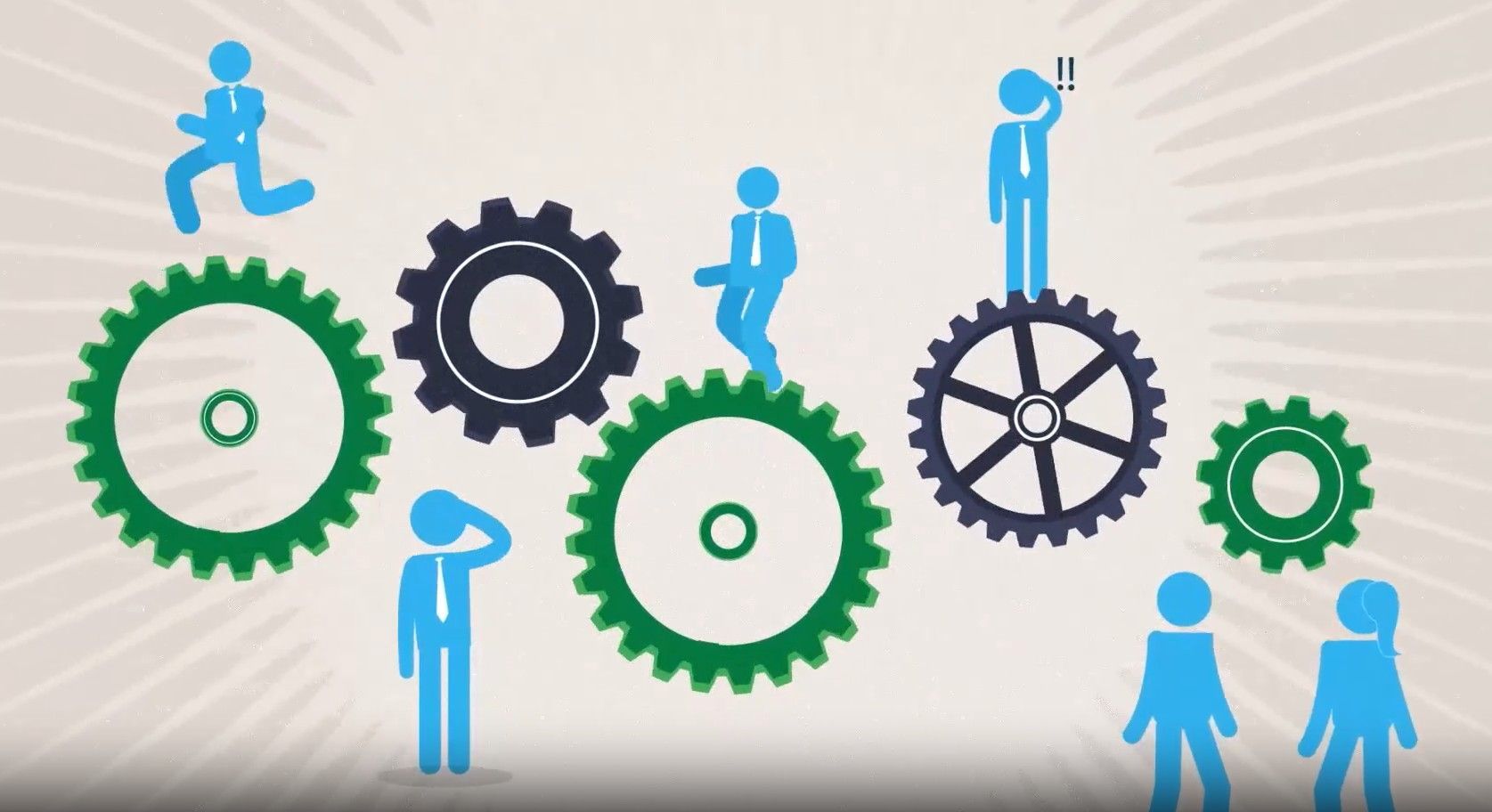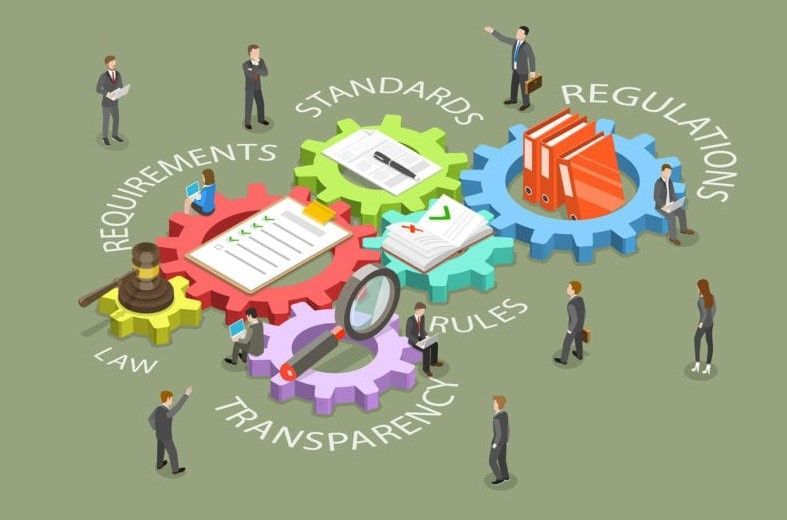Manufacturers and Distributors: The New Give and Take
August 14, 2025
Manufacturers and distributors are at a turning point in their relationships. The reason? Two relatively quiet but significant marketplace changes in just the past five years. A third, as we’ll see, is evolving now.
Manufacturers and distributors are at a turning point in their relationships. The reason? Two relatively quiet but significant marketplace changes in just the past five years. A third, as we’ll see, is evolving now.
Marketplace Change #1: Many distributors reduced or stopped carrying inventory of manufactured goods because the 2008 recession caught them with too much inventory and too little profit. Some decided to go “stockless.” After all, why couldn’t manufacturers drop ship directly to customers?
Marketplace Change #2: About the same time, original equipment manufacturers (OEMs) were perfecting their use of advancing technology to search, find, and evaluate potential supply chain partners. They began to think about buying directly from the manufacturer and bypassing the distributors. Why shouldn’t they? How much value did a distributor actually provide in the supply chain, anyway?
Distributors do, in fact, provide many services besides carrying stock, but there’s no getting around that stockless distributors don’t provide as much value. Other traditional services include answering customer service inquiries, providing credit, taking returns, performing field service, and finding and selling to new customers.
Manufacturers now have decisions to make. When a prospect approaches them directly do they refer that prospect to a distributor in the prospect’s territory? The answer isn’t black and white. It really depends on how much value a specific manufacturer receives from a specific distributor today-and what the manufacturer sees as that distributor’s value tomorrow. (Plus, there’s always the danger that the distributor might offer the lead to a competitor.)
For example, some of our manufacturing clients have noticed two trends:
- Their distributors are becoming less of a factor in the sales equation.
- Their OEM customers are seeking more sophisticated components and calling our clients for help in designing and producing them.
That means some, though not all, of our clients are fielding more questions-and more sophisticated questions-from OEMs that distributors simply can’t answer. So much so that a significant culture change is afoot. Depending on their industry, our clients may well need to hire more engineers to collaborate with OEM engineers. What could then be more logical than to ship directly to the OEM customers?
As it turns out, other choices do exist. But our clients won’t know what to do without careful analysis of several factors and how they can best work together to paint a prettier profit picture.
How will a changing marketplace play out for manufacturers? Here are three scenarios to get you thinking about your situation, either as a manufacturer or a distributor. Fundamental to coming out on top is a good understanding of your specific manufacturer-distributor relationship now and what it can or should be in the future.
Here’s the situation. An OEM buyer has searched the Internet, found a manufacturer with a product the buyer needs, and left a voice mail to learn more about the product. It’s clear he’s leaning toward purchase. As the manufacturer, do you take that order yourself or pass it on to the local distributor?
Scenario A: If the distributor is carrying stock and developing business, you would probably want to include that distributor in the ongoing relationship regardless of where a specific piece of new business came from.
Scenario B: If the distributor is taking orders and performing service reasonably well but not generating new business, the decision becomes trickier. The customer found you, so you might well want to sell and service that customer directly. How do you decide? One way is to consider the nature of the product-is it simple or complex? If complex, then maybe your engineers can add value that justifies a premium price or a long-term relationship. If simple, then maybe it’s more efficient to let the distributor handle it.
Scenario C: If the distributor is not performing so well and not bringing in new business, then you would probably exclude that distributor from deals that originally by-passed him and, eventually, maybe others, too.
In deciding how to handle this issue companies will be looking at their future strategy: Where will future work come from; who will find it and close it; how much service do they need to provide at the local level?
Market Change #3: An evolving change is the relationship between distribution, which is shipping in bulk to companies, and fulfillment, which is shipping single items separately to individual consumers.
In the not-so-distant past, some distributors in fact shipped in bulk only. Gradually, they took on more fulfillment in-house. Increased demand for those services caused them to outsource fulfillment to third-party logistics firms (3PLs). Now, however, some are bringing fulfillment back in house, requiring their facilities to support both distribution and fulfillment from a single source of inventory located between the two functions.
Delivery time, research shows, affects sales levels significantly. Broadly, faster delivery means higher sales. Slower delivery means fewer sales. Distribution centers may increasingly locate near large urban areas, despite other higher costs, such as labor and taxes. How should manufacturers calculate the value of the relocation of distribution? How will they work it into their delivery pricing policies?
The familiar Demand Curve (Figure 1) shows simply that the higher the price the less you sell and the lower the price the more you sell. Compare it to the Demand Service Curve (Figure 2), which offers four insights:
- The faster you deliver the more you sell
- Customers rarely pay more for faster delivery
- Faster delivery means that costs grow faster
- These fast-growing costs mean optimum profit is related to speed of delivery.

What’s the take-away? “Quicker delivery results in increased revenue,” says Jim Tomkins, CEO of Tomkins International, a supply chain consulting and implementation firm based in Raleigh, North Carolina. “This [relationship] needs to be built into our network design modeling. Not doing so will result in slow delivery and loss of revenue.”
If you would like to discuss the relationship between sales and your supply chain please contact us at 847-446-0008 or pkrone@productivestrategies.com
The post Manufacturers and Distributors: The New Give and Take appeared first on Productive Strategies, Inc..











